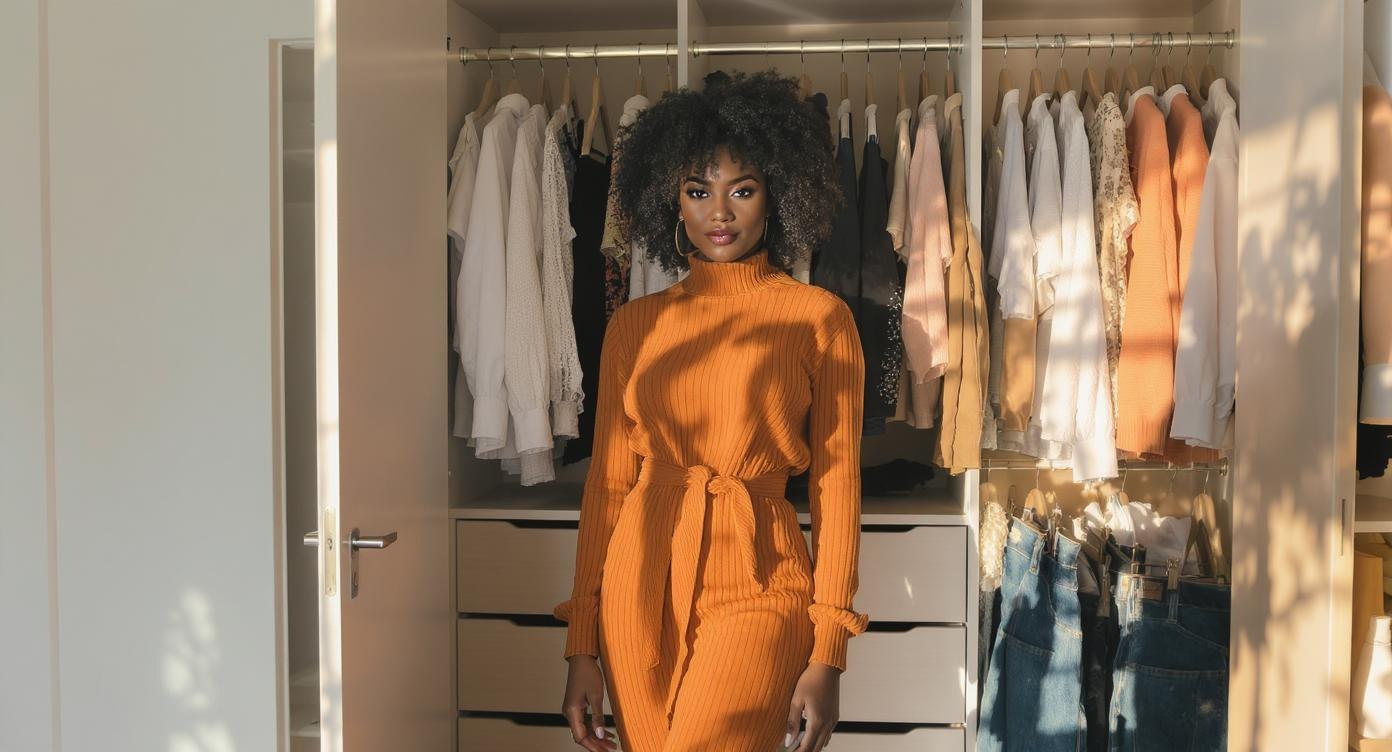
Tired of staring at a closet full of clothes and feeling like you have "nothing to wear"? You're not alone. Many people struggle with personal style because they're chasing trends instead of discovering what truly makes them feel confident and authentic.
Here's the truth: finding your personal style isn't about following the latest "aesthetic" from TikTok or copying celebrity outfits. It's about understanding yourself and translating that into clothing choices that make you feel like the best version of you.
Start With What You Already Own
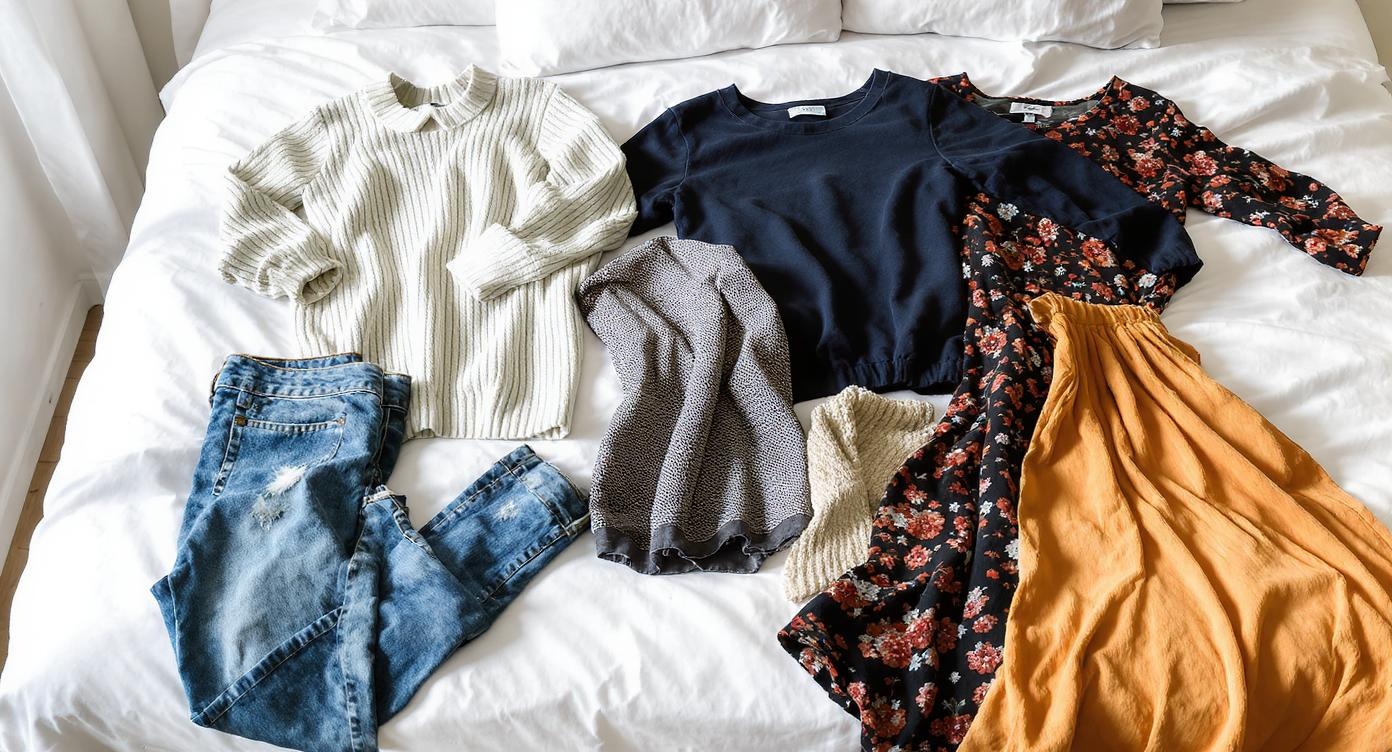
The biggest mistake people make? Assuming they need to shop their way to better style. Instead, begin by examining what you already wear consistently.
Do this right now:
- Pull out 5-10 pieces you reach for constantly (your "regulars")
- Take photos of yourself wearing these outfits
- Ask yourself: When do I feel most confident and comfortable?
- Notice patterns in colors, fits, or silhouettes
These pieces reveal your authentic preferences better than any Pinterest board. As fashion editor Devon Rule notes, "The understanding you're gaining from the exercise is so much more important" than any single purchase.
Use the Viral Three-Word Method
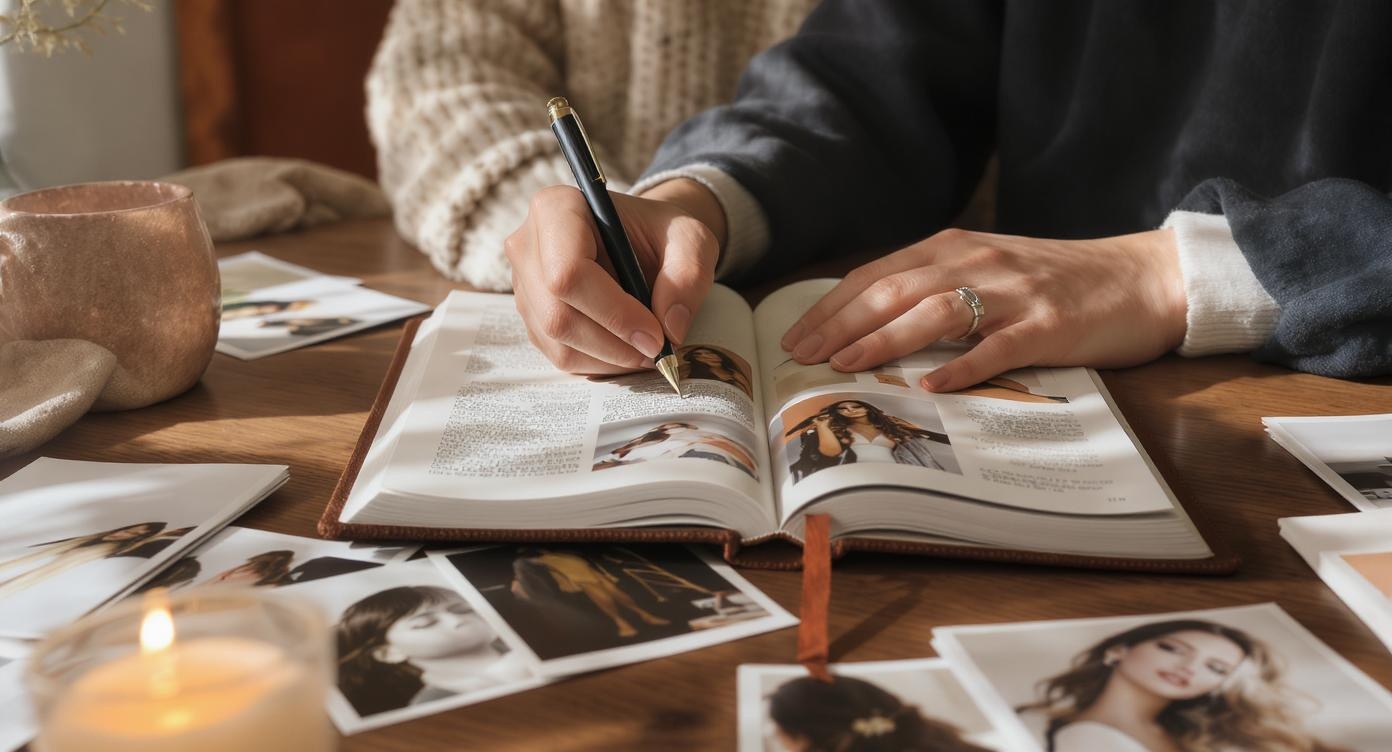
Stylist Allison Bornstein's Three-Word Method has transformed how thousands approach personal style. Here's how it works:
Choose three adjectives that describe how you want to show up:
- Practical word: Based on what you currently wear most (examples: casual, polished, oversized)
- Aspirational word: How you want to evolve your style (examples: effortless, bold, vintage)
- Emotional word: How you want to feel (examples: confident, comfortable, powerful)
Example combinations:
- "Classic, relaxed, confident"
- "Edgy, minimalist, strong"
- "Feminine, structured, elegant"
Every future purchase should align with at least two of your three words. This prevents impulse buys and creates wardrobe cohesion.
Know Your Style "Nos"
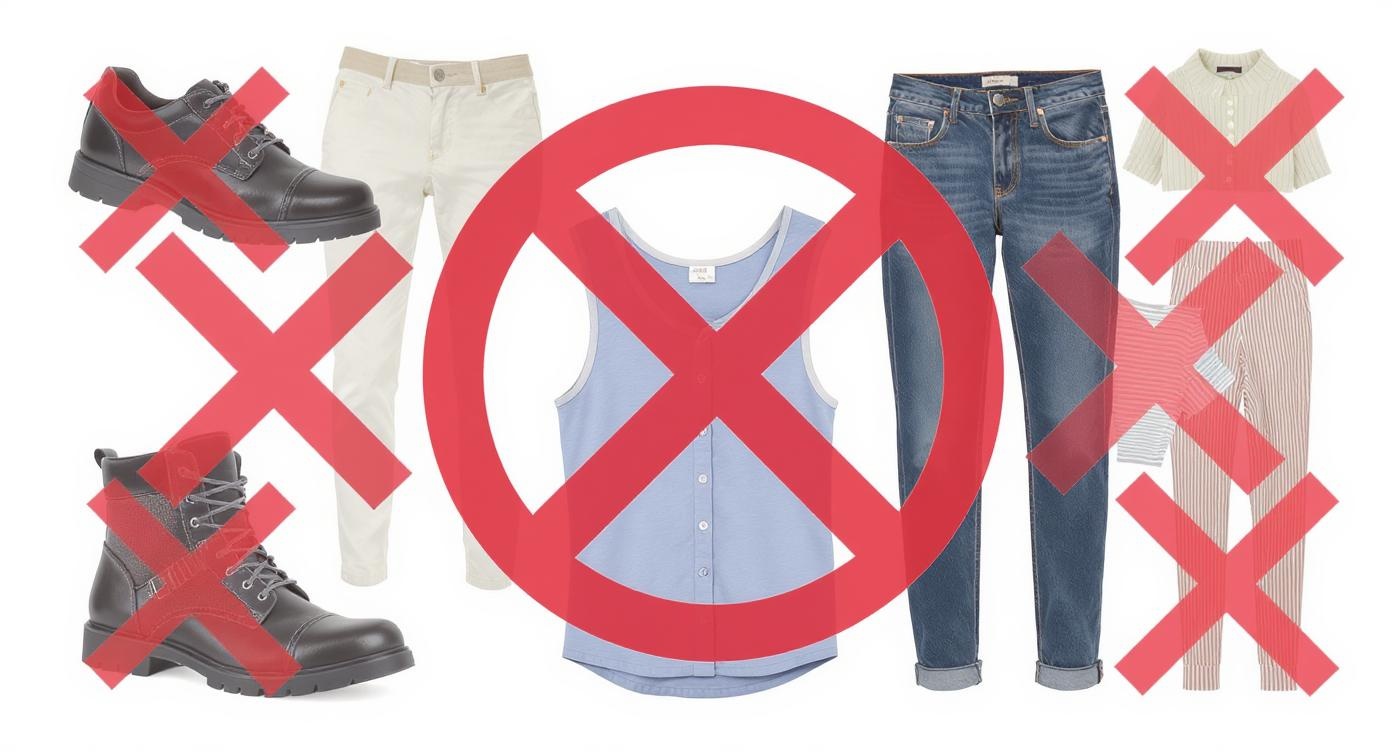
Personal style is as much about what you exclude as what you include. Create a "no" list to streamline decisions and avoid repeating past mistakes.
Common style "nos" include:
- Uncomfortable fabrics or fits
- Colors that drain your complexion
- Trends that don't suit your lifestyle
- Pieces requiring dry cleaning for everyday wear
- Items that don't photograph well (if that matters to you)
Remember: these are personal preferences, not universal rules.
Build a Strategic Inspiration Board
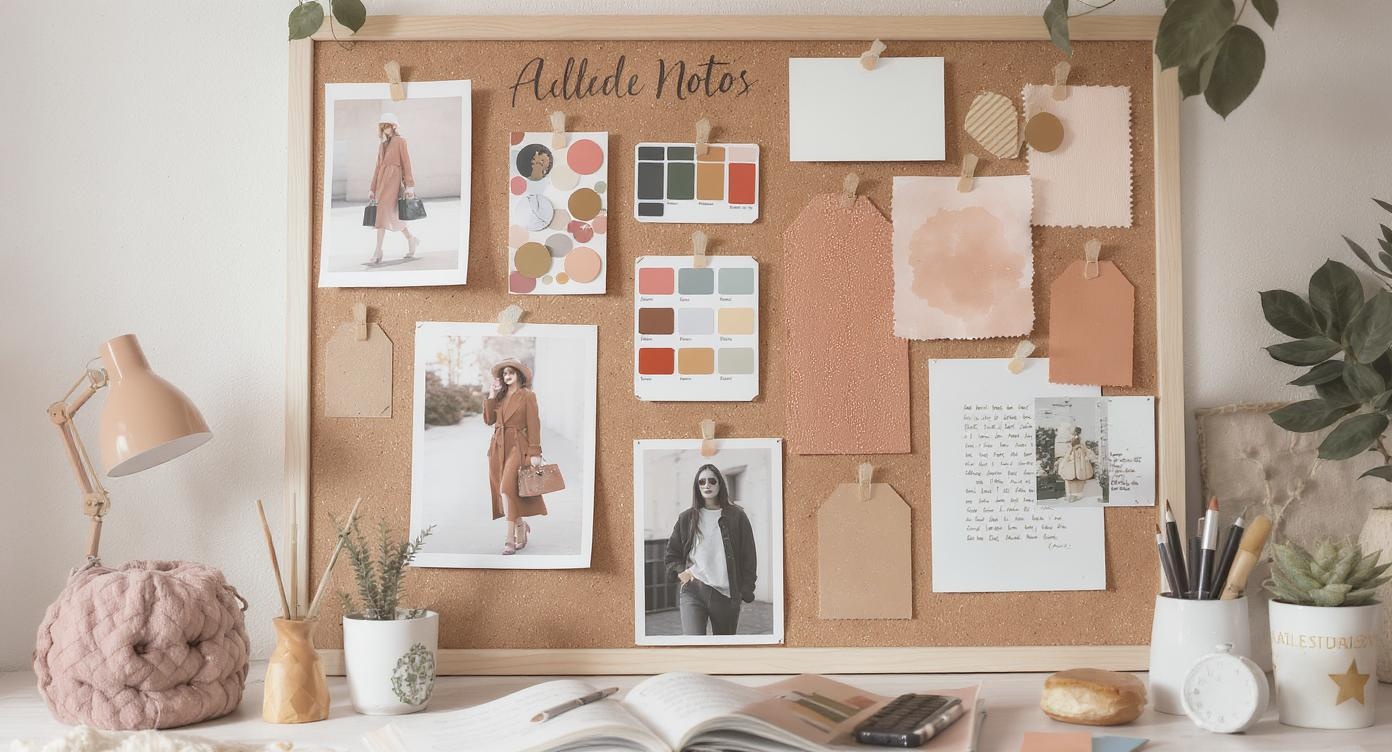
Creating a mood board isn't just about pretty pictures—it's about pattern recognition. Use Pinterest or save images to your phone, then analyze what you're drawn to.
Look for:
- Recurring colors or color combinations
- Similar silhouettes or fits
- Consistent styling details (jewelry, shoes, hair)
- Overall mood or energy
As stylist Charlotte Dallison suggests in her journaling exercise, ask yourself: "What three words describe each of your style icons?" The commonalities will reveal your authentic aesthetic preferences.
Try the "Shopping Without Buying" Exercise
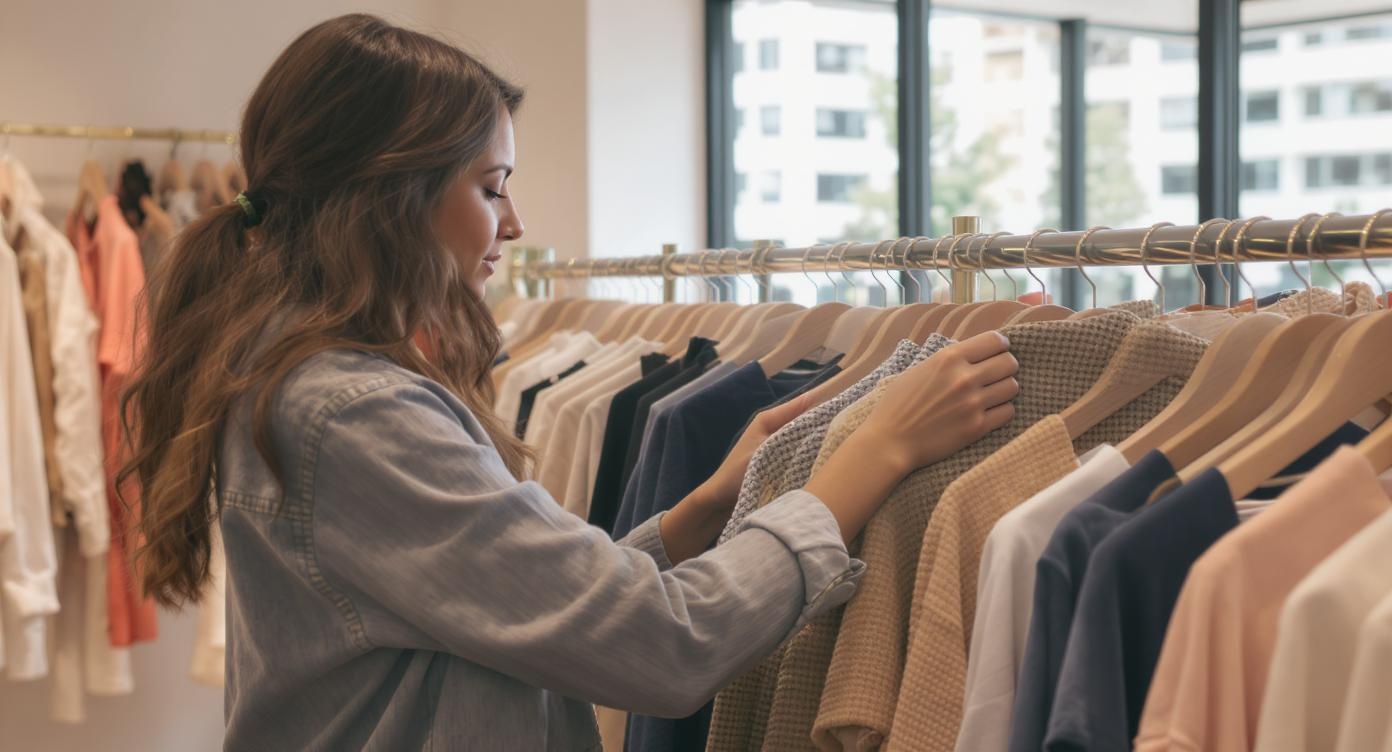
Spend a day looking at clothes without purchasing anything. This trains your eye and tests desires without financial commitment.
During your browsing session, ask:
- Is it the item itself or the styling/environment that appeals to me?
- Would I still want this from a brand I don't like?
- What specifically do I like about it? (color, texture, cut)
- How would this fit into my existing wardrobe?
- What am I hoping this will give me or make me feel?
Consider clothing rental services to test-drive pieces before committing to purchases.
Regular Closet Assessments
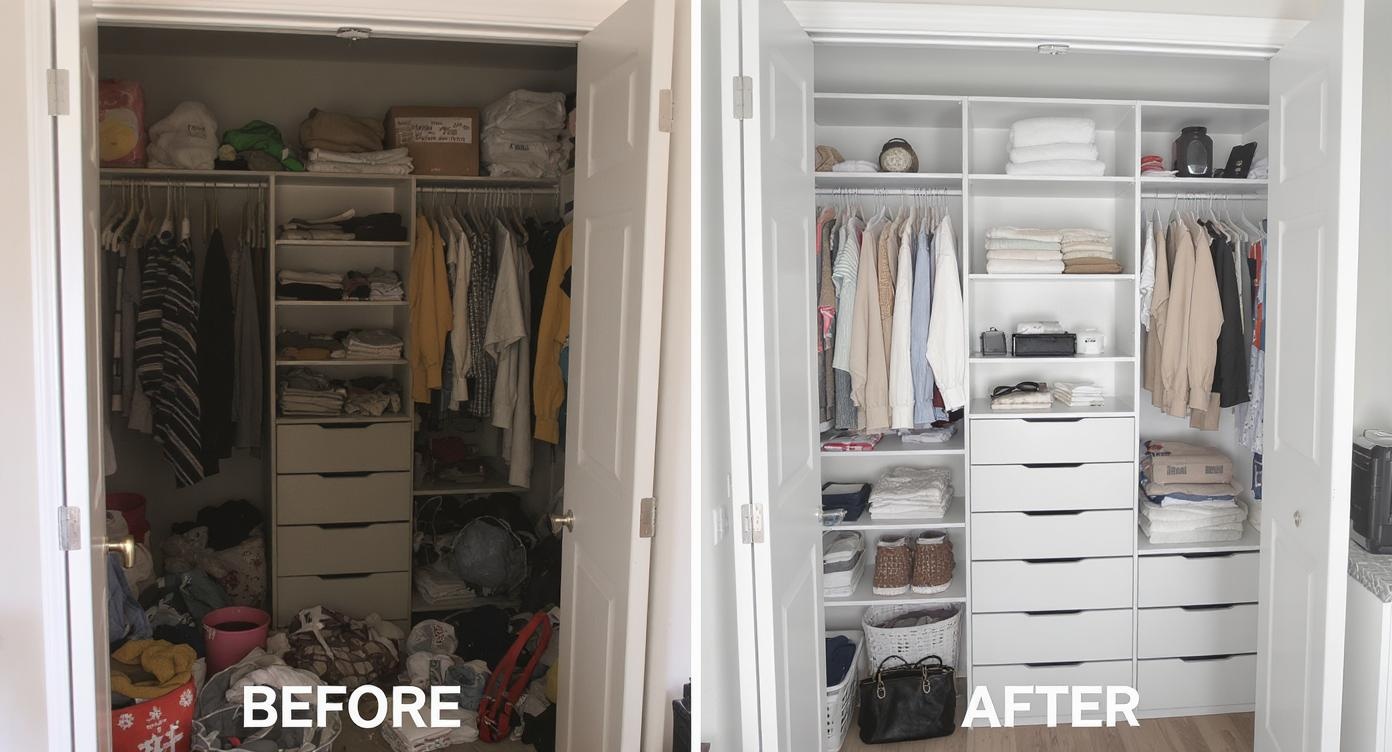
Make closet evaluation an ongoing practice, not a twice-yearly purge. This keeps you connected to your actual wearing patterns and prevents accumulation of unworn items.
Monthly check-in questions:
- Which pieces did I wear most this month?
- What did I buy but never wear? Why?
- What gaps do I notice in my wardrobe?
- Have my three words or style preferences shifted?
This practice helps you understand your true preferences versus what you think you should like.
The 80/20 Wardrobe Formula
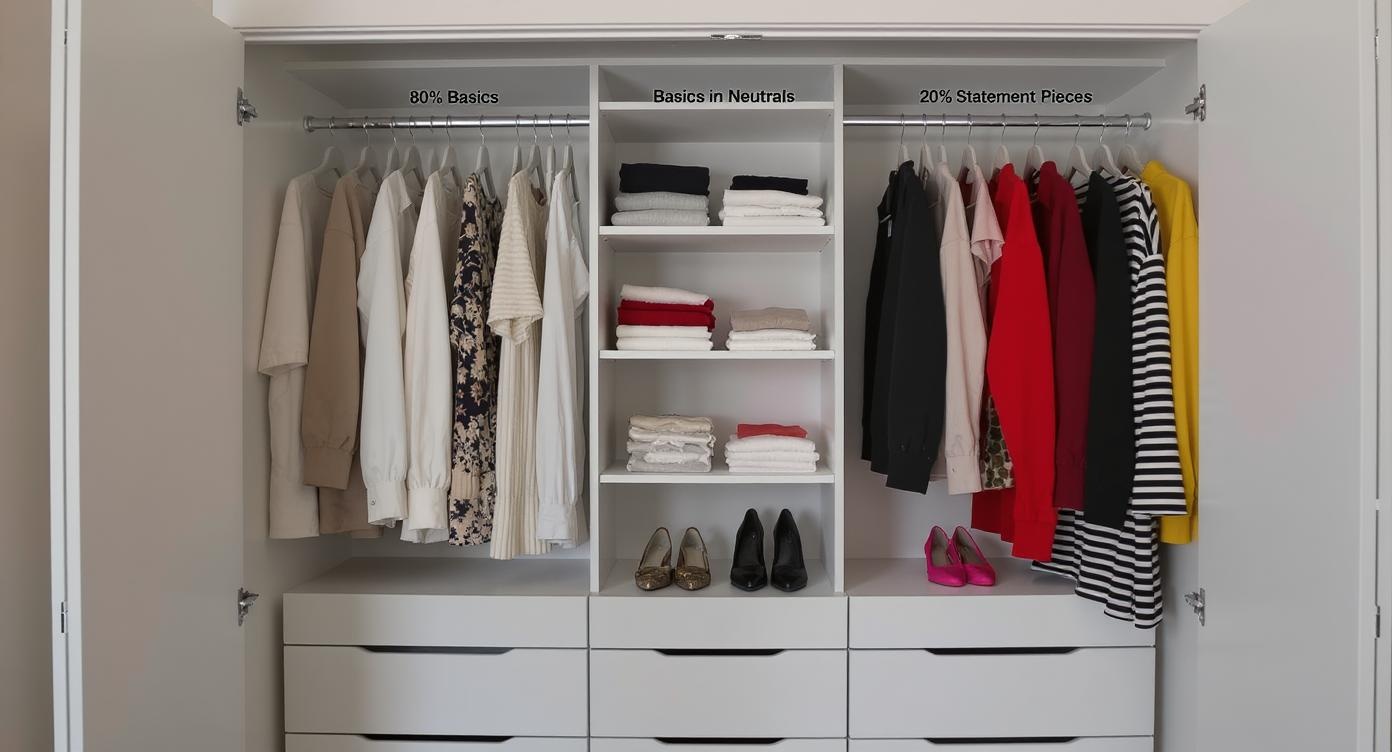
Style expert Tiffanie Darke's 80/20 rule provides practical structure:
80% Foundation pieces:
- Quality basics in neutral colors
- Well-fitting jeans and trousers
- Classic blazers and cardigans
- Essential dresses
- Comfortable, versatile shoes
20% Personality pieces:
- Statement jewelry
- Bold prints or colors
- Trendy items
- Unique vintage finds
- Conversation starters
This formula ensures you have a solid foundation while allowing for creative expression.
Invest in Proper Fit
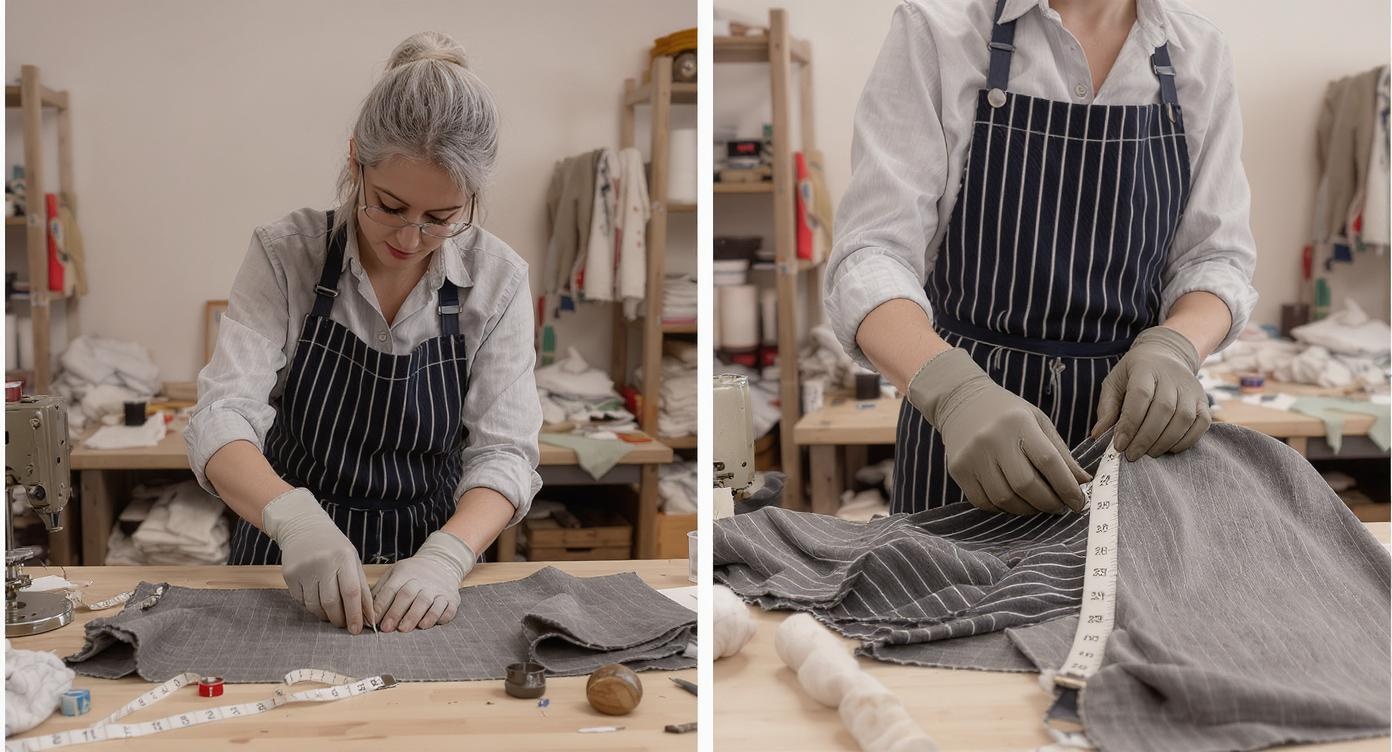
The quickest way to elevate your style? Ensure everything fits properly. Celebrity stylist Sophie Lopez emphasizes that "one well-fitting item is worth way more than six ill-fitting pieces."
Tailoring essentials:
- Hem pants to the correct length
- Take in or let out waistbands
- Adjust sleeve lengths
- Reshape shoulder lines on jackets
Many people avoid pieces they love because of poor fit. A $20 alteration can transform a "maybe" into a wardrobe staple.
Embrace Style Evolution
Your style should evolve as you do. What worked in your twenties might not serve you in your forties, and that's perfectly normal.
Allow for change by:
- Reassessing your three words annually
- Being open to new influences and inspirations
- Trying small experiments with different aesthetics
- Not forcing yourself into outdated style boxes
- Celebrating different phases of your style journey
As recent research shows, many people experienced "aesthetic burnout" in 2024 from trying to keep up with rapid trend cycles. The antidote is developing a strong sense of personal style that transcends fleeting trends.
Your Style Action Plan
Start your style discovery journey with these three steps:
- This week: Document your "regulars" and identify patterns
- This month: Define your three style words and create a "nos" list
- This quarter: Build a strategic inspiration board and assess what gaps exist in your current wardrobe
Remember, finding your personal style is a journey, not a destination. Be patient with yourself, stay curious, and most importantly, have fun with the process. The goal isn't to achieve some perfect aesthetic—it's to feel authentically you, every time you get dressed.
The confidence that comes from knowing your style and wearing clothes that truly reflect who you are? That's worth far more than any trending piece you'll forget about in six months.

Article by
Natalie Bolonina
Graduated from the ESSEC Business School, Natalie is a marketing expert specializing in beauty tech.
Related Articles
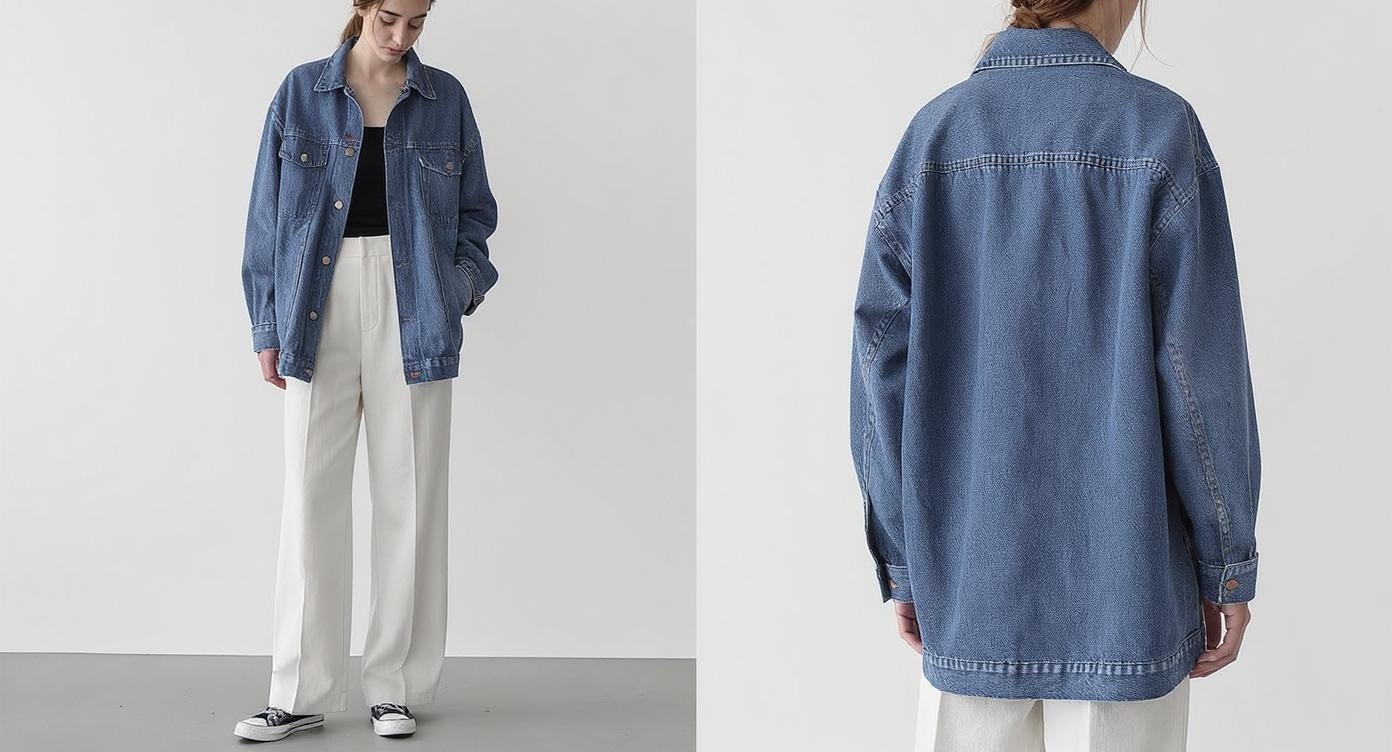
How to Style a Jean Jacket: 10 Modern Outfit Ideas That Always Work
Transform your denim jacket from basic to brilliant with these expert styling tips. From the trending Canadian tuxedo to elevated business casual looks, discover how to style this wardrobe staple for any occasion.
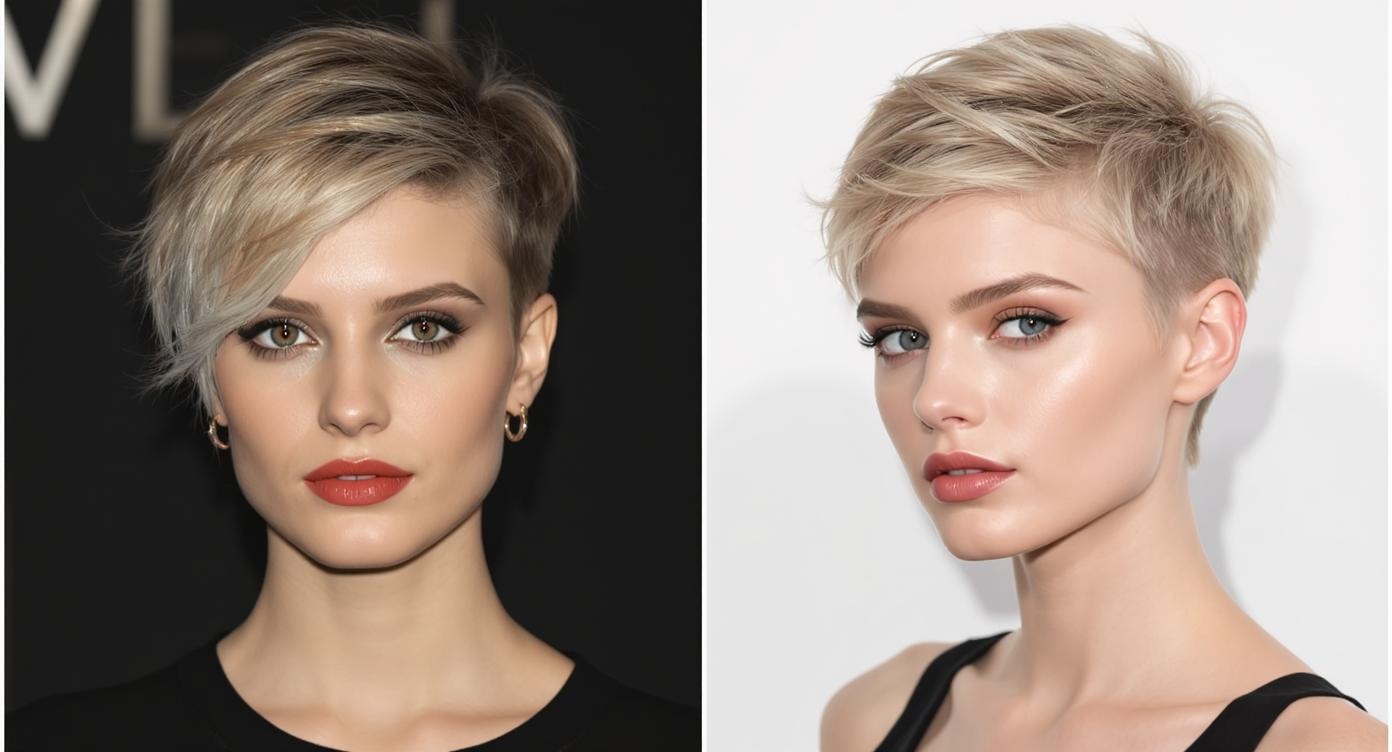
How to Style a Pixie Cut: Master Your Short Hair in 5 Minutes or Less
Learn professional styling techniques for every pixie cut type with step-by-step tutorials, product recommendations, and expert tips that work for all hair textures and face shapes.
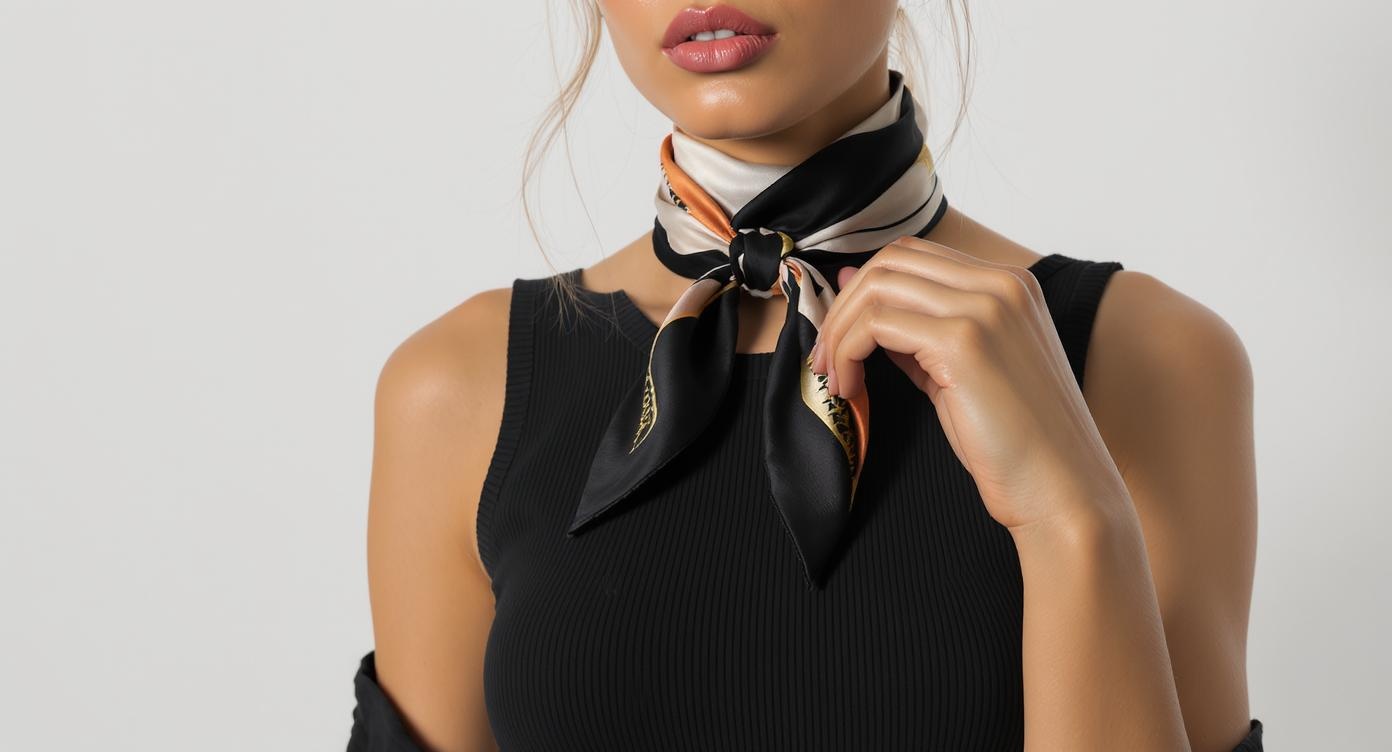
How to Style a Scarf: 20 Chic Ways to Elevate Any Outfit
Master the art of scarf styling with these 20 versatile techniques. From classic drapes to trendy 2024 looks, discover how to transform any outfit with this simple accessory that works year-round.
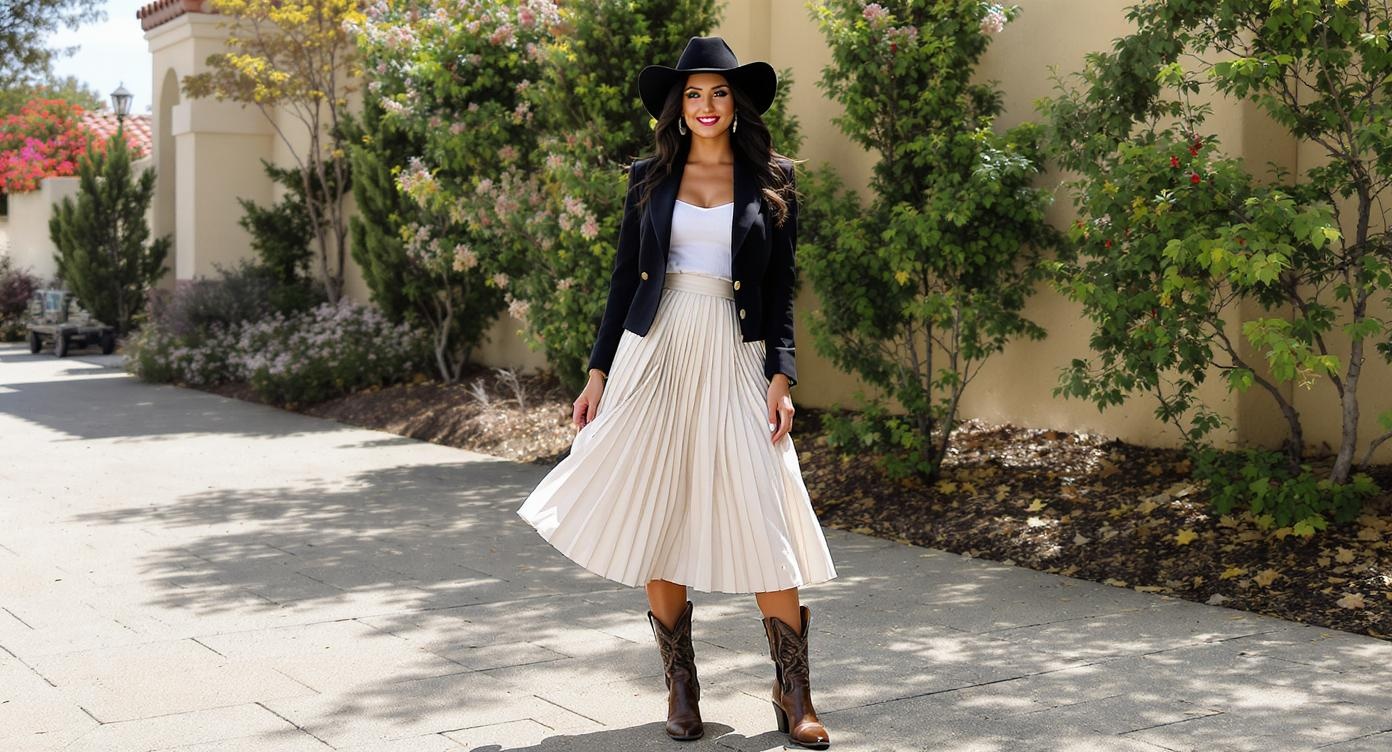
How to Style Cowboy Boots: 8 Chic Ways to Wear Western's Hottest Trend
From office-ready blazer combos to weekend-casual looks, discover how to style cowboy boots without looking like you're headed to the rodeo. This complete guide shows you 8 foolproof outfit formulas plus what to avoid for effortlessly chic Western style.
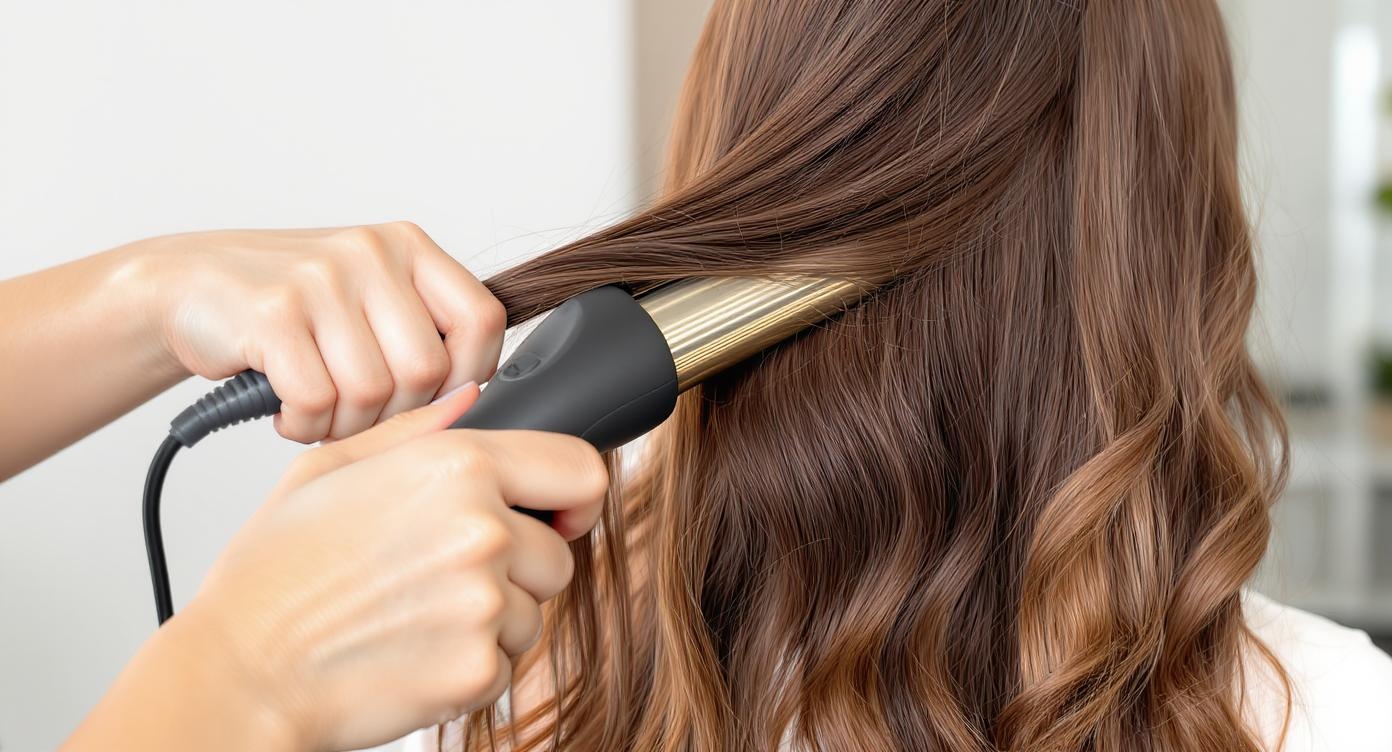
How to Style Hair: The Complete Guide to Perfect Hair Every Day
Master the art of hair styling with our comprehensive guide covering essential techniques, tools, products, and trends for every hair type. From basic blow-drying to advanced styling methods, get salon-quality results at home.

How to Style Jorts: 7 Effortless Ways to Rock Denim Shorts in 2025
From baggy streetwear vibes to elevated chic looks, discover the ultimate guide to styling jorts with confidence. Get expert tips on fit, footwear, and accessories that work for every occasion.
